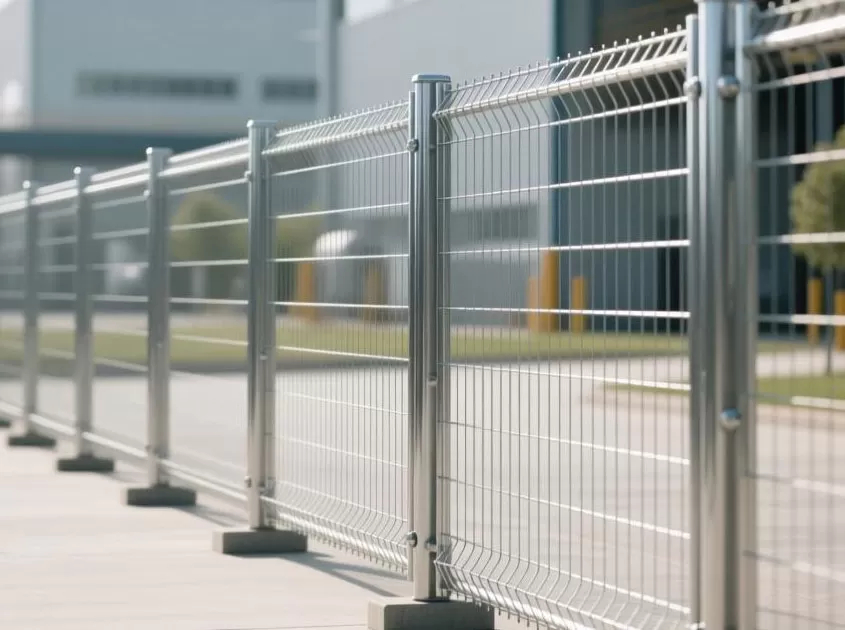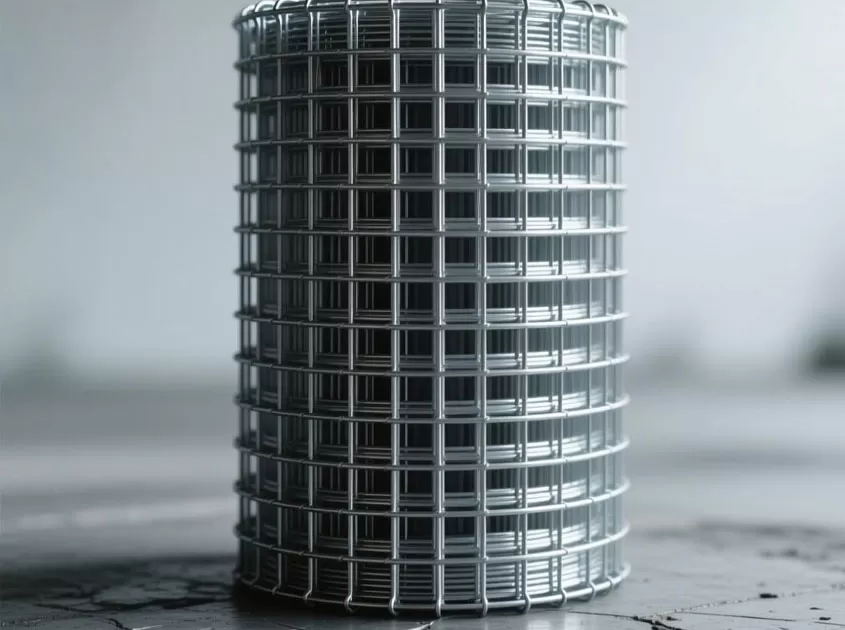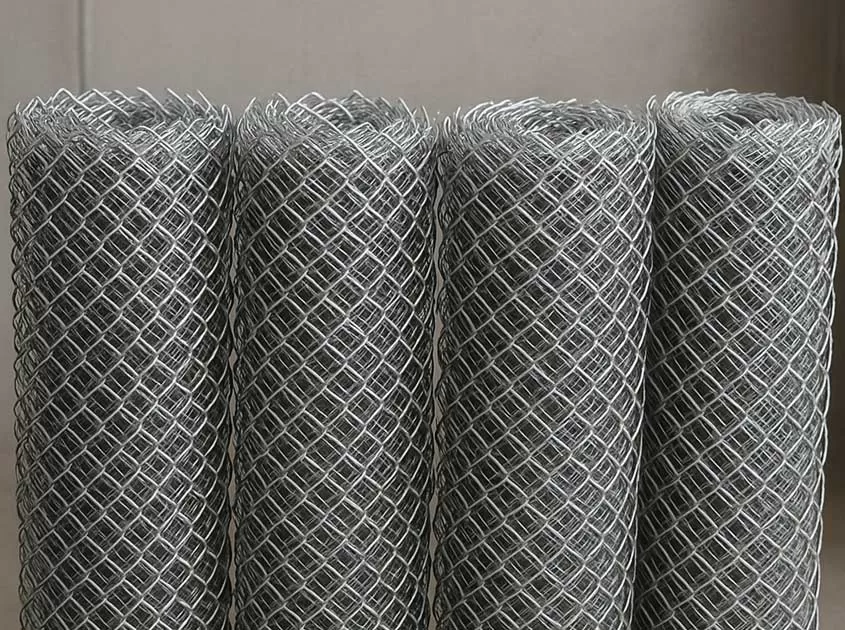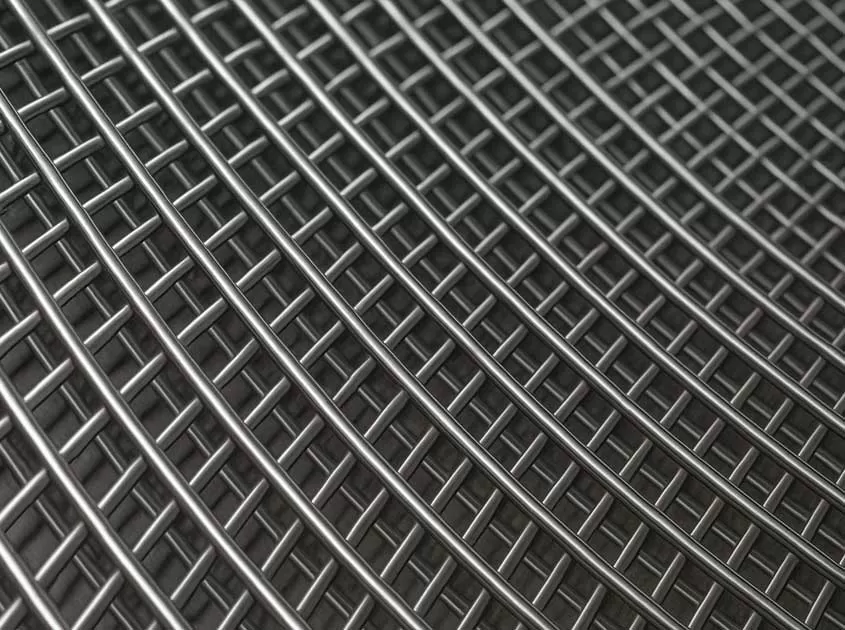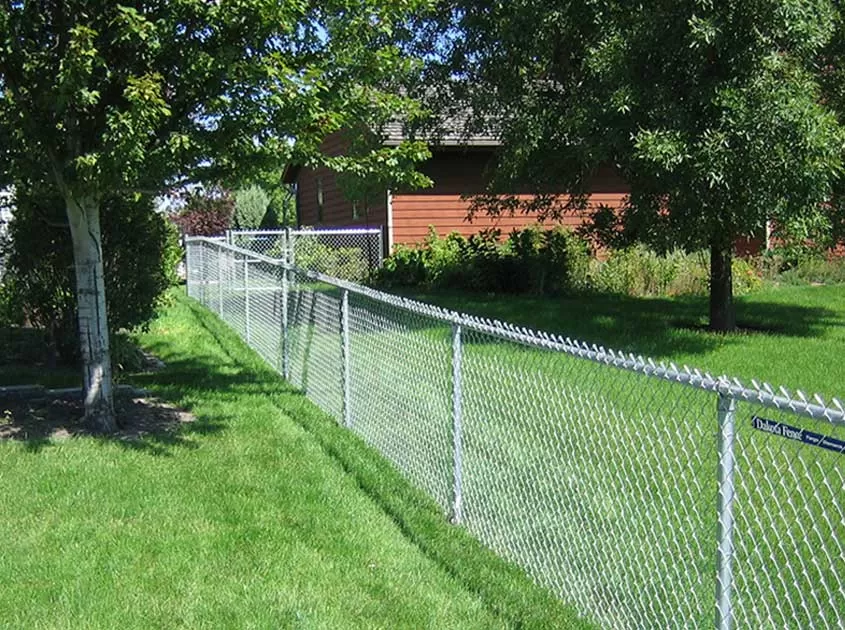This article introduces the detailed process of making hexagonal wire mesh
Hexagonal wire mesh is a popular type of wire mesh that is commonly used in various industries, such as agriculture, construction, and gardening. It is made from high-quality galvanized wire, which is woven into a hexagonal shape. The following is a detailed process of how hexagonal wire mesh is made:
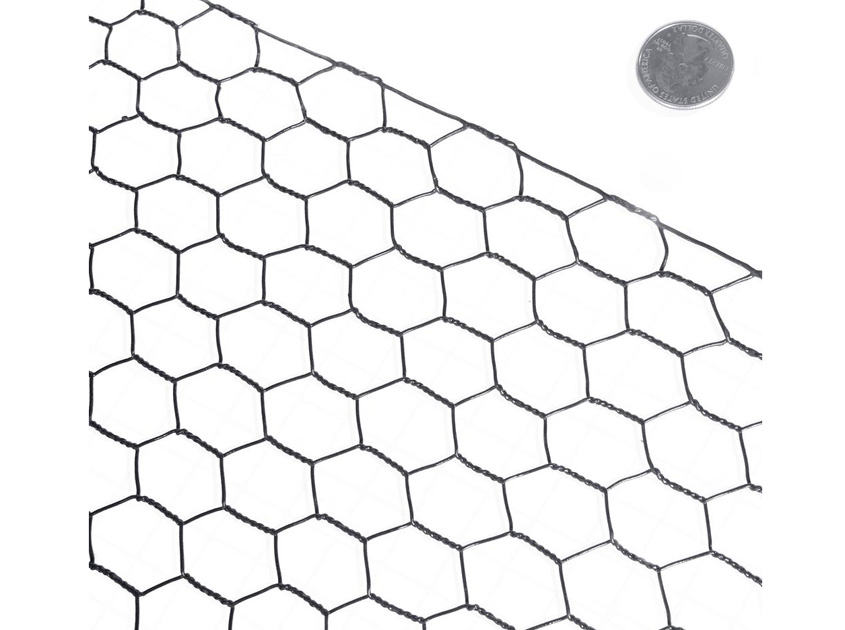
Wire Drawing: The first step in making hexagonal wire mesh is to draw the wire. The galvanized wire is fed through a series of dies to reduce its diameter to the required size.
Annealing: After the wire is drawn, it is annealed to improve its ductility and reduce its hardness. This process involves heating the wire to a high temperature and then cooling it slowly.
Weaving: The next step is to weave the wire into a hexagonal shape. The weaving process involves passing the wire through a series of rollers and then through a weaving machine, where the wire is woven into a hexagonal shape.
Galvanizing: Once the wire mesh is woven, it is galvanized to protect it from rust and corrosion. The galvanizing process involves dipping the wire mesh into a bath of molten zinc, which forms a protective coating on the surface of the wire mesh.
Cutting and Shaping: After the wire mesh is galvanized, it is cut and shaped to the required size and shape. This is done using a wire mesh cutting machine, which cuts the wire mesh into the desired shape and size.
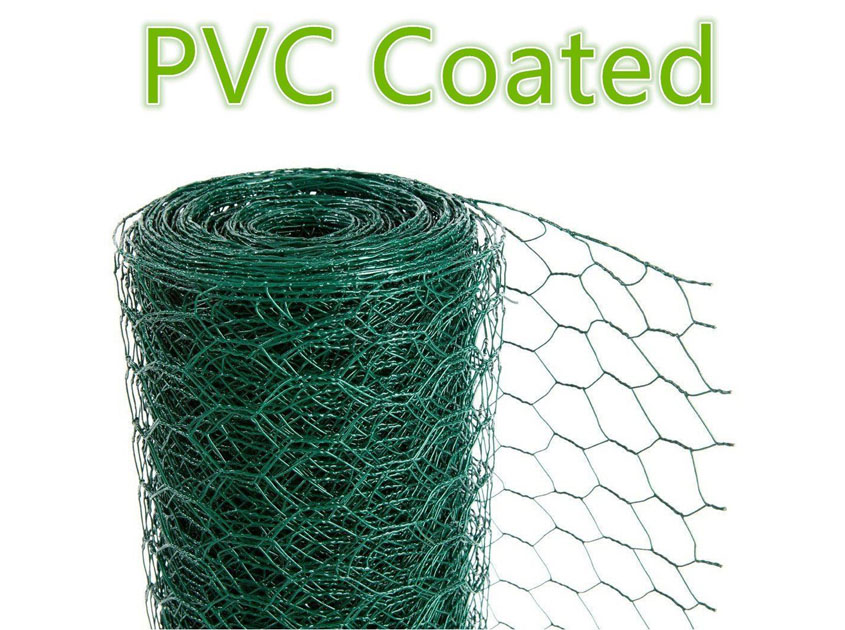
In conclusion, hexagonal wire mesh is made through a series of processes, including wire drawing, annealing, weaving, galvanizing, and cutting and shaping. The final product is a durable and versatile wire mesh that can be used in a variety of applications, including agriculture, construction, and gardening.
-
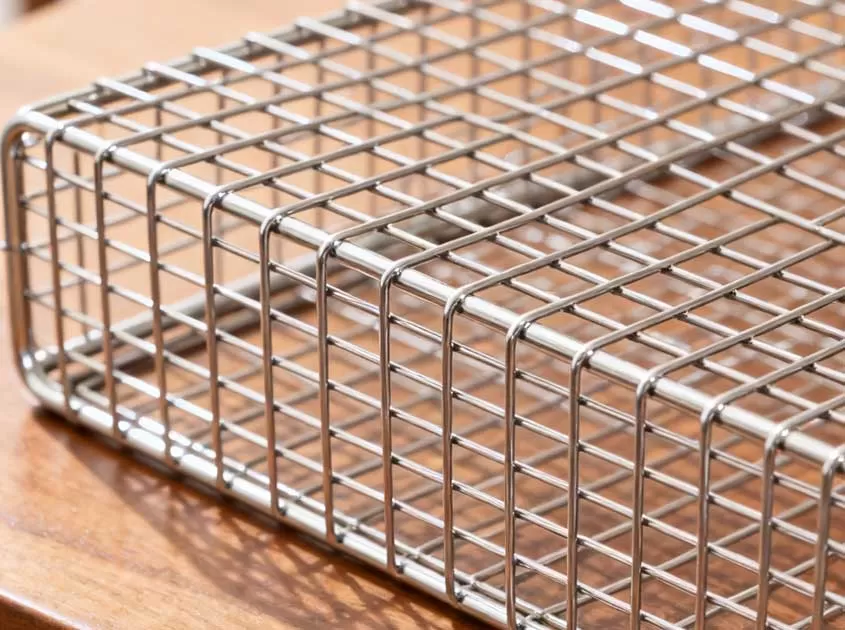 Corrosion-Resistant Stainless Steel Wire Mesh Oct 28, 2025
Corrosion-Resistant Stainless Steel Wire Mesh Oct 28, 2025

- Tel.: +86 311 83077076
- E-mail: sales@qunkunmetal.com
- Skype: qunkunsales01
- WhatsApp: 8618032412189
- Add.: No.69 The Filter Industrial Part of Anping, Hebei, China




